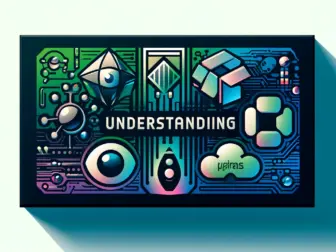Tag - Dynamic Computational Graph
The Power of Dynamic Computational Graphs in Machine Learning
Dynamic computational graphs have revolutionized the field of machine learning by allowing for flexible and efficient modeling of complex relationships between variables. Unlike static graphs, which require pre-defining the structure of the graph before running computations, dynamic graphs allow for the structure to be defined on-the-fly, making it much easier to handle variable-length inputs and outputs in neural networks.
One of the key advantages of dynamic computational graphs is their ability to efficiently handle recurrent neural networks (RNNs) and other types of sequential data. In traditional static graphs, the entire graph structure must be defined in advance, making it difficult to handle variable-length sequential data such as text or time series data. With dynamic graphs, the structure of the graph can be dynamically updated as new data is fed into the network, allowing for more efficient processing of sequential data.
Dynamic computational graphs also make it easier to implement complex control flow structures within neural networks. In traditional static graphs, control flow operations such as loops and conditional statements must be implemented using special graph operations, which can be cumbersome and error-prone. With dynamic graphs, control flow structures can be implemented using standard programming constructs such as loops and if statements, making it much easier to build and debug complex neural network architectures.
Another advantage of dynamic computational graphs is their ability to efficiently handle sparse data. In traditional static graphs, all nodes in the graph must be evaluated during each forward pass, even if the values of many nodes are zero. This can be highly inefficient for sparse data, where the majority of values are zero. Dynamic graphs, on the other hand, only evaluate nodes that are necessary for the current computation, making them much more efficient for sparse data.
In conclusion, dynamic computational graphs have transformed the field of machine learning by enabling more flexible and efficient modeling of complex relationships between variables. Their ability to handle variable-length inputs and outputs, sequential data, complex control flow structures, and sparse data makes them an essential tool for building advanced neural network architectures. As machine learning tasks become increasingly complex and data-intensive, dynamic computational graphs will continue to play a crucial role in pushing the boundaries of what is possible in artificial intelligence.
